The marketing technology world is a maze in 2025. It is not difficult to lose oneself in an array of new platforms and tools that constantly emerge. At the heart of this maze are three fundamental systems to manage customer data: the customer data platform (CDP), the Customer Relationship Management (CRM) system and the Data Management Platform (DMP). Now more than ever it is critical to know the difference between the tools, since the selection of the right one is a strategic decision that will influence everything, including personalization and even the ability to be compliant with privacy. It is not only about the capabilities of a tool, but how it is integrated into your whole business strategy.
Definitions at a Glance: What Are CDP, CRM, and DMP?
To start, let’s break down what each of these platforms is designed for.
Customer Data Platform (CDP)
A customer data platform is a marketing team platform. Its primary task is to gather and integrate all of your customer data across all sources (websites, applications, point of sale systems, etc.) into one comprehensive profile of each customer. It is designed to provide you with a 360-degree view of how your customer is behaving and you can then apply it in real-time personalization and enable smooth customer experiences across all your channels.
Customer Relationship Management (CRM)
CRM is a direct customer relationship management platform. It is the tool of choice of sales and customer service departments. A CRM will contain direct customer communication, such as emails, phone calls, support tickets, contact info, purchase history. Its core role is to assist teams to monitor and develop relationships, sales pipeline management and enhance customer service.
Data Management Platform (DMP)
DMP is first of all an advertising tool. It is applied by advertising teams to gather masses of third-party data anonymously. This information is to construct the audience to target in advertising and programmatic ad purchasing. DMPs normally do not contain personally identifiable information, and they target aggregate audiences but not individual customers.
Here’s a quick comparison to make things clearer:
| CDP | CRM | DMP | |
|---|---|---|---|
| Data Type | 1st, 2nd, 3rd party (PII & anonymous) | 1st party (known contacts, PII) | Mainly 3rd party (anonymous) |
| User | Marketing teams | Sales & service teams | Media buyers, advertisers |
| Purpose | Marketing personalization & segmentation | Relationship, sales & support management | Audience targeting in advertising |
| Data Lifespan | Long-term, persistent | Long-term, persistent | Short-term, transient |
| Personal Identifiers | Yes | Yes | No (anonymous) |
| Channels Supported | Omnichannel | Sales, service, some marketing | Programmatic advertising |
How Each Supports Marketing Strategy in 2025
These platforms have their own unique role to play in a contemporary marketing strategy:
- CDP: Real-time personalization will be achieved by using the customer data platform. It enables you to see when a customer is traveling through all your channels and enables you to build highly targeted campaigns on the specific actions taken by a customer. As it has moved to first-party data and privacy, the CDP has become the most critical component of designing a customer-centric approach.
- CRM: Although it is primarily a sales and service system, a CRM is an excellent customer retention tool. It enables you to monitor all interactions, which makes it simpler to deliver an excellent service and establish long-term relationships resulting in repeat business.
DMP: The death of third-party cookies has been changing the role of a DMP. Historically, it has been the default approach to maximize the reach of an ad to lookalikes. Today its application is transformed, yet it can be included in the ad strategy that targets the audience of audiences anonymously in a privacy-compliant manner.
Where They Overlap and Why That Confuses Teams
The usual question of marketers is, Isn’t a customer data platform a fancy CRM? This misunderstanding is not surprising as the two platforms deal with customer-related data. The primary distinction lies in their use and the kind of information they process. A CRM is a system of record of direct interactions whereas a customer data platform is a system of intelligence that integrates all sources of data to create a complete customer view. Making an advanced personalization in marketing based on a CRM is a wrong move because it is not designed to handle such data integration or perform real-time actions. In the same manner, any attempt at using a DMP to make a web experience personal will not be effective, as it is anonymous data.
Which One Do You Need? A Decision Framework
Your particular business objectives and data maturity will determine which system to use (or whether you require all three). One can just consider it this way:
- In the case of constructing real-time, omnichannel customer journeys and personalizing each touchpoint, a customer data platform is the most suitable. Brands that possess a significant amount of data gathered through various channels and seek to leverage them in order to provide their customers with smooth and consistent experiences would find it to be an ideal solution.
- A CRM is the tool to use when your primary objective is to control your sales pipeline, customer relationships, and post sale services. It is the basis of any company that has a selling department.
- In case your core business is the implementation of mass anonymous advertising campaigns and the achievement of new audiences through programmatic advertising, you need to think about DMP. Nonetheless, remember that it is evolving in its usage with shifting privacy standards.
For many sophisticated businesses, a combination of these tools is the answer. A customer data platform can unify your data, a CRM can manage your sales and service interactions, and a DMP can support your ad strategy.
Real-World Scenarios
- B2C Retail Brand: Online Browse data can be used to merge customer purchase history in a clothing retail store with the help of a customer data platform. They would use a CRM to manage customer services requests and DMP to manage programmatic advertising to masses with interest in fashion.
- B2B Software Company: A software company can use a CRM in tracking sale leads and customer lifecycle. They might also be able to unify data between their product, web, and marketing automation systems with a lightweight customer data platform to better standardize personalizing the onboarding experience of new users.
- Digital Publisher: A news site can leverage DMP to sell ad space to advertisers and customer data platforms to understand subscriber behavior and make personalised content suggestions.
2025 Trends Shaping These Platforms
The tech landscape is always changing. Here’s what’s happening now:
- The Death of Third-Party Cookies: This is having a major impact on the relevance of DMPs, which relied on this data. It’s driving a shift toward first-party data and other identity solutions.
- Rise of First-Party Data: With the decline of third-party cookies, brands are prioritizing collecting and using their own data. This is where the customer data platform becomes essential.
- AI-Powered CDPs: AI is being integrated into CDPs to provide predictive insights, helping marketers anticipate customer needs and deliver more relevant content.
- CDP-CRM Convergence: We’re seeing some unified platforms try to merge the functionalities of a CDP and a CRM, offering a single tool for both customer data and relationship management.
Final Takeaways: What CMOs Need to Prioritize
What a CMO should not forget is this: Do not simply purchase technology. Rather, solve your data objectives. Consider how these systems can interact to provide a smooth process to your customers. Focus on developing first-party data and privacy and cross-functional cooperation between your marketing, sales, and service teams as your strategy. Strategies should not serve your technology but vice versa.
HT One Audience: A First-Party Data Solution
HT One Audience is a very strong first party data asset that will enable marketers to overcome the challenges of 2025. It is a customer data platform that integrates customer cohorts constructed based on rich profiles of 140 million plus digital users on the HT Media network of more than 20 platforms such as Hindustan Times, Live mint, and further. In contrast to DMPs which utilize anonymized data, HT One Audience forms privacy-safe customer profiles based on a follow the audience methodology, generating an aggregated view of users throughout the whole network.
The solution has assisted marketers to form very specific audience cohorts in key industries such as auto, BFSI, IT and beyond. As an example, you may target people who are interested in financial planning and who also watch cooking videos. HT One Audience enables hyper-targeted campaigns that lead to increased relevance and ROI using this first-party data. It is a sustainable, privacy-first solution and an ideal option for advertisers who want to future-proof their marketing strategies in the post-cookie world.
Frequently Asked Questions
Can a CRM and a CDP be used together?
Yes, they can and they ought to be. Customer data platform is able to provide your CRM with consolidated customer profiles so that your sales and service teams have a broader understanding of how the customer behaves. The data on the CRM can then be directed back to the data platform on the customer to flesh out the customer profile.
With the end of third-party cookies, is a DMP still relevant?
DMPs are definitely changing in character. They can still be utilized to carry out some anonymous audience targeting but the importance of these is fading away. The brands are putting more focus on customer data platforms and first-party data strategies.
Which one is better for personalization, a CRM or a CDP?
Customer data platform is more suitable for personalization. Whereas a CRM may have the capacity to personalize upon known information about the customer (e.g., a name or purchase history), a customer data platform may have the capability to personalize upon a much broader set of real-time behaviors, including what a customer is Browse on your site at this very moment.
What is "first-party data"?
First-party data is the information that you gather yourself using your own audience. This involves such things as their Browse patterns in your site, their buying habits, and their engagement with your apps or emails.
Is a CDP only for large companies?
Not anymore. Although initially CDPs were the preserve of large enterprises, the technology has been made more accessible. CDPs have allowed many mid-sized businesses to aggregate their customer data and compete with larger organizations.
What are the key privacy considerations for these platforms?
Privacy comes first. Both a customer data platform and CRM deal with personally identifiable information (PII), so you must be sure to have a robust data governance and consent management strategy, such as regulations like GDPR and CCPA. Instead, DMPs mainly work with anonymous data.
How does AI fit into these platforms?
All three platforms are getting smarter through the use of AI. Within a customer data platform, AI may offer predictive information regarding the customers with the highest possibility of churning. With AI, a CRM may be used to determine which leads have the greatest chance of converting. In a DMP, AI can be used to develop more efficient audience segments.
Ready to take your brand to the next level? Connect with us today to explore how HT Media can amplify your presence across our diverse portfolio of 25+ brands and properties. Let's turn your brand vision into reality!
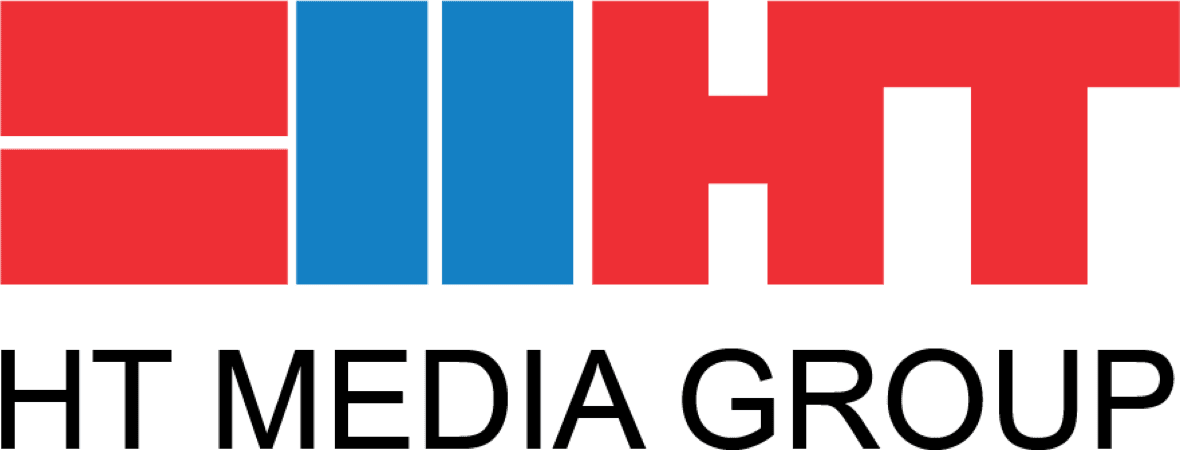
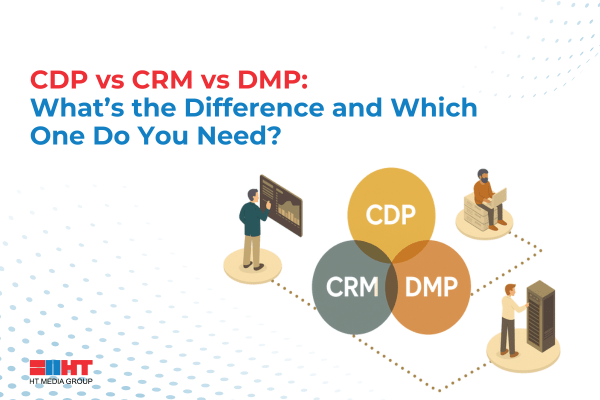

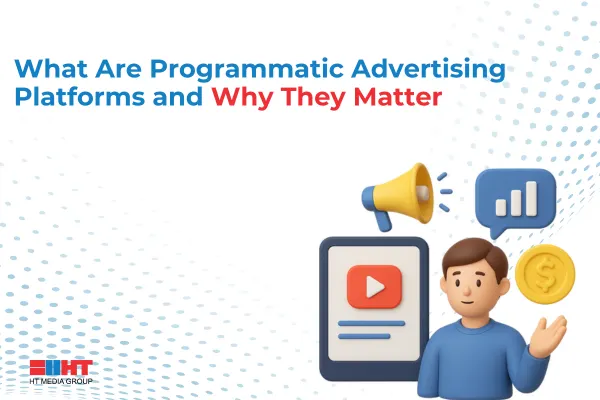
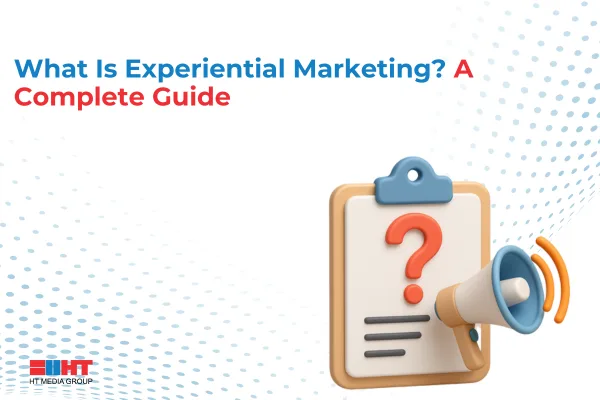
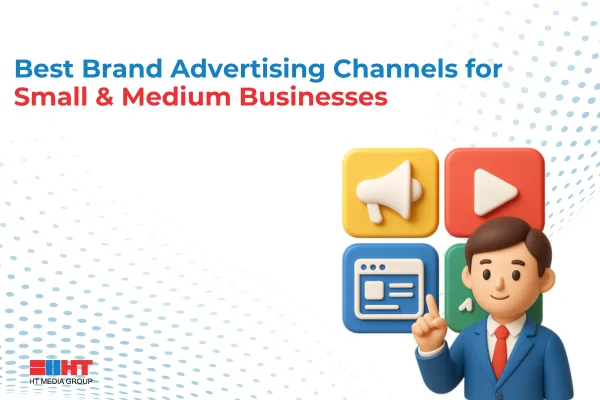
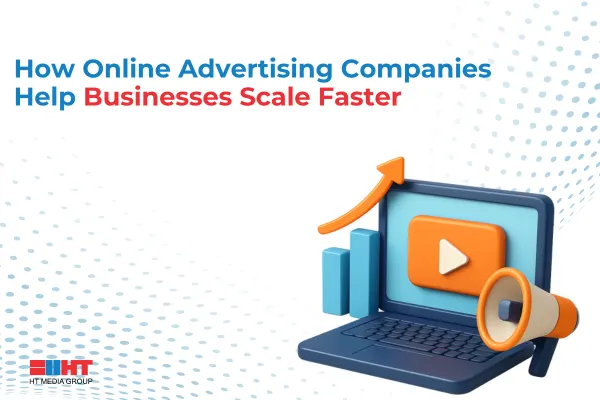
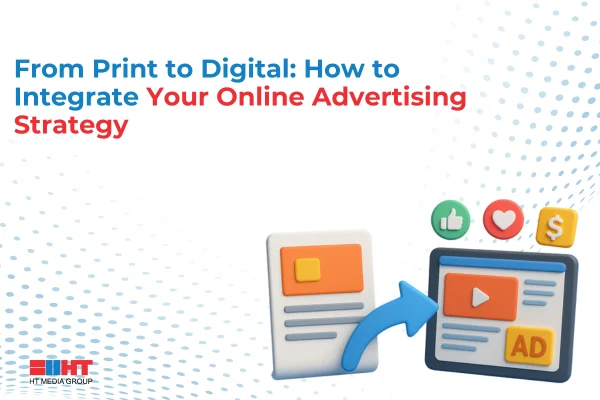
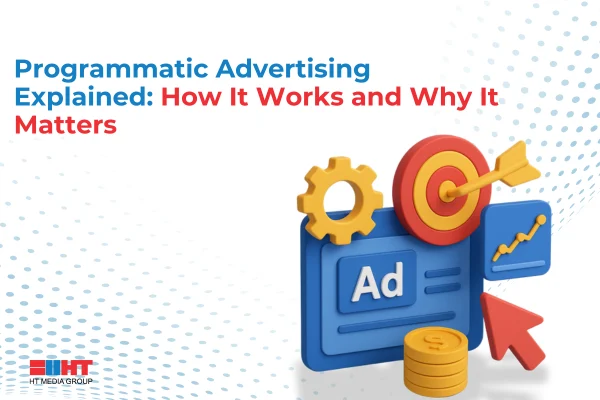
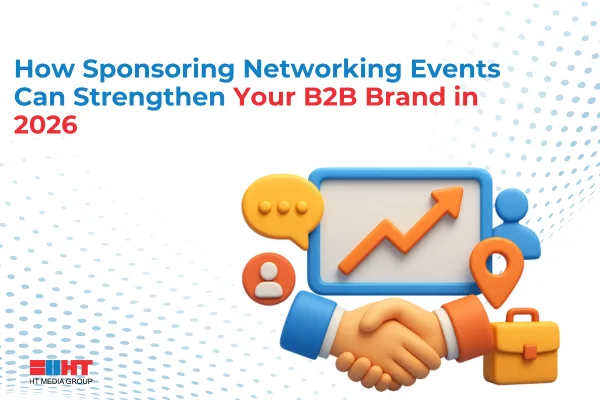
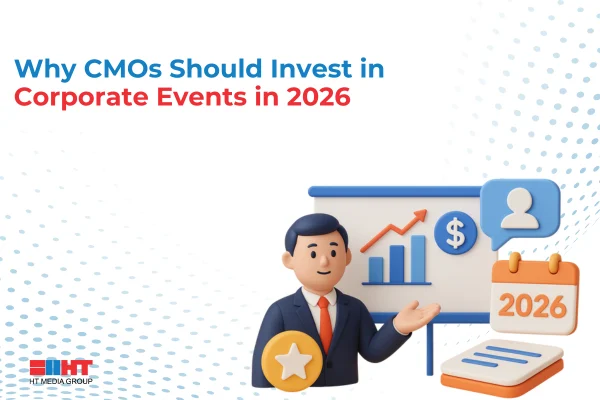
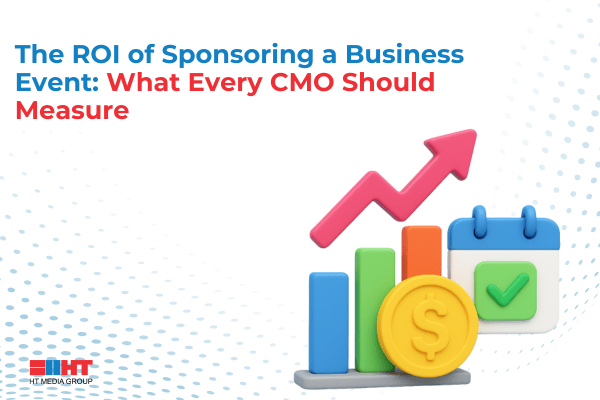

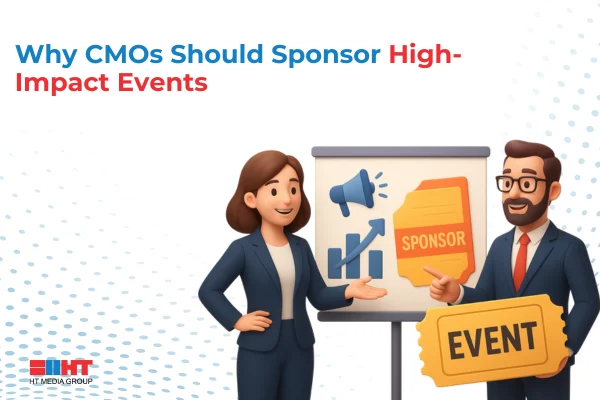
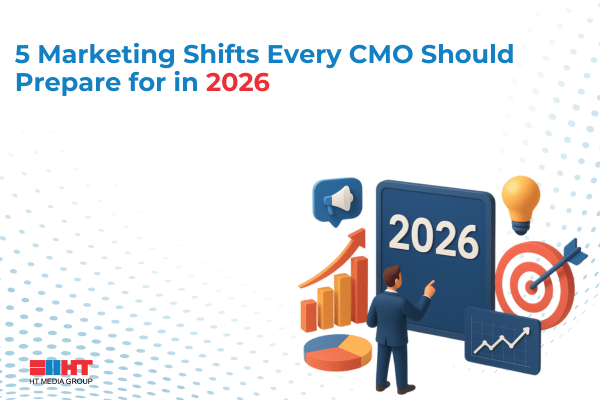
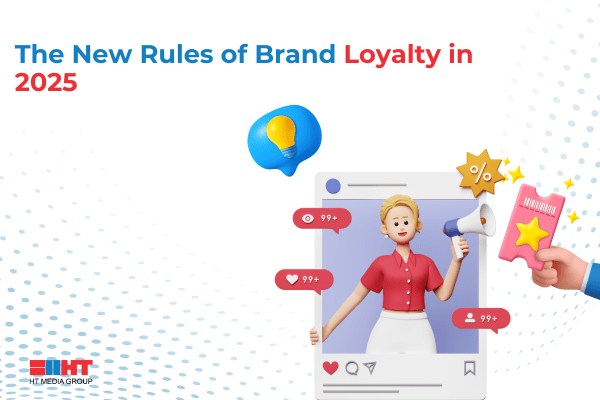

Comment